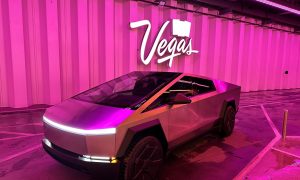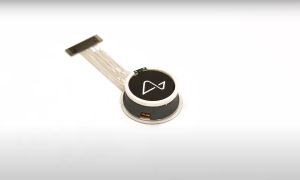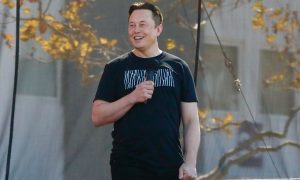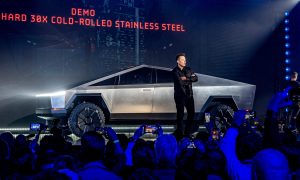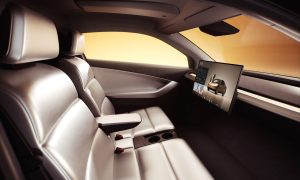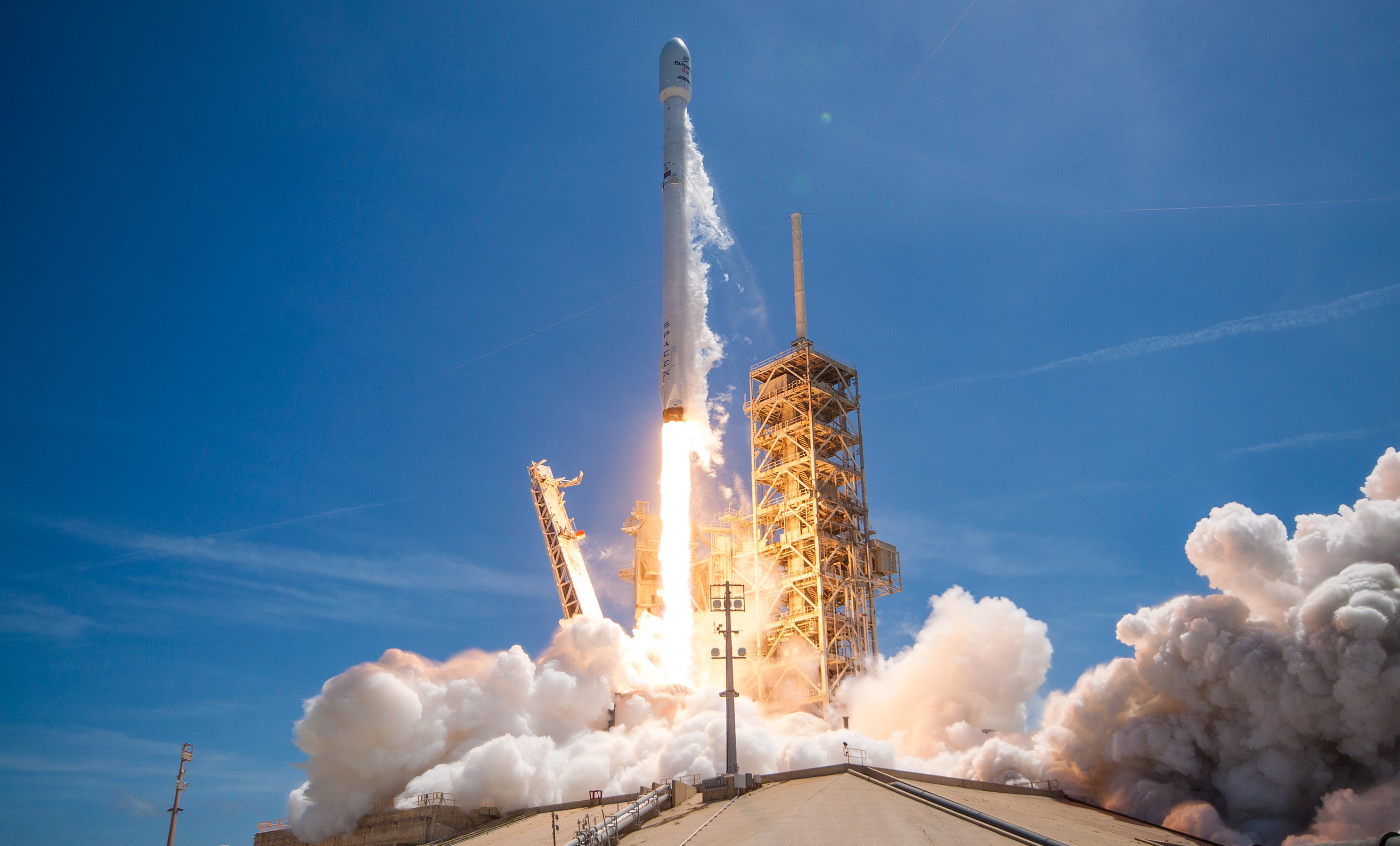

News
SpaceX on track for biweekly launch cadence in the remainder of year
Weekly rapid reuse launches expected by 2019
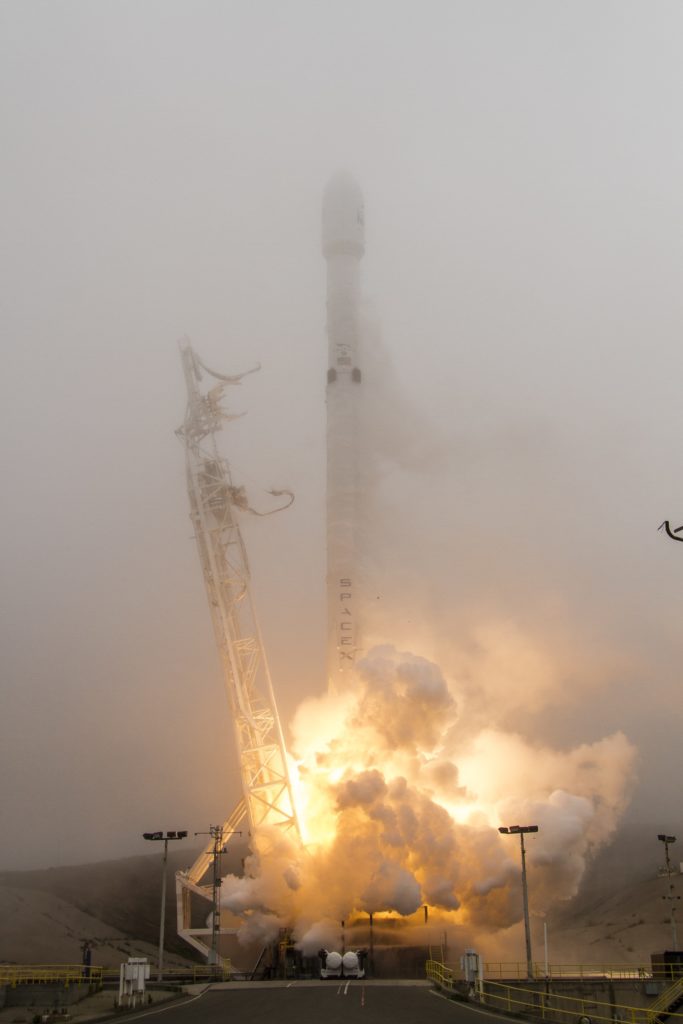
The foggy, atmospheric launch of Iridium-2 just yesterday. (SpaceX)
Following a weekend of extraordinary accomplishments, seeing SpaceX flawlessly execute two missions – one with a reused first stage – in just over 48 hours of each other, the company has capitalized on a uniquely successful weekend and year and offered information about their future plans.
The launch of BulgariaSat-1 and Iridium-2 on Friday and Sunday respectively marked the eight and ninth launches of 2017 for SpaceX, and officials at the company are reportedly expecting to launch approximately 24 missions this year, meaning 15 more to come over the next 6 months. Given the recent demonstration of 48 hour launch cadence and a more regular schedule of biweekly launches in the past few months, an expectation of 15 more launches for 2017 lines up perfectly with a cadence of two launches a month from LC-39A Cape Canaveral and three Iridium launches from Vandenberg, which happens to be exactly what is currently manifested.
Originally manifested for up to 27 launches this year, successfully launching 24 missions, one of which might be the inaugural flight of Falcon Heavy, would be extraordinarily hard to ignore in an industry that has compared the launch industry to manufacturing beverage containers and argued that reuse is only sustainable with more than 20 launches a year on a company’s manifest.
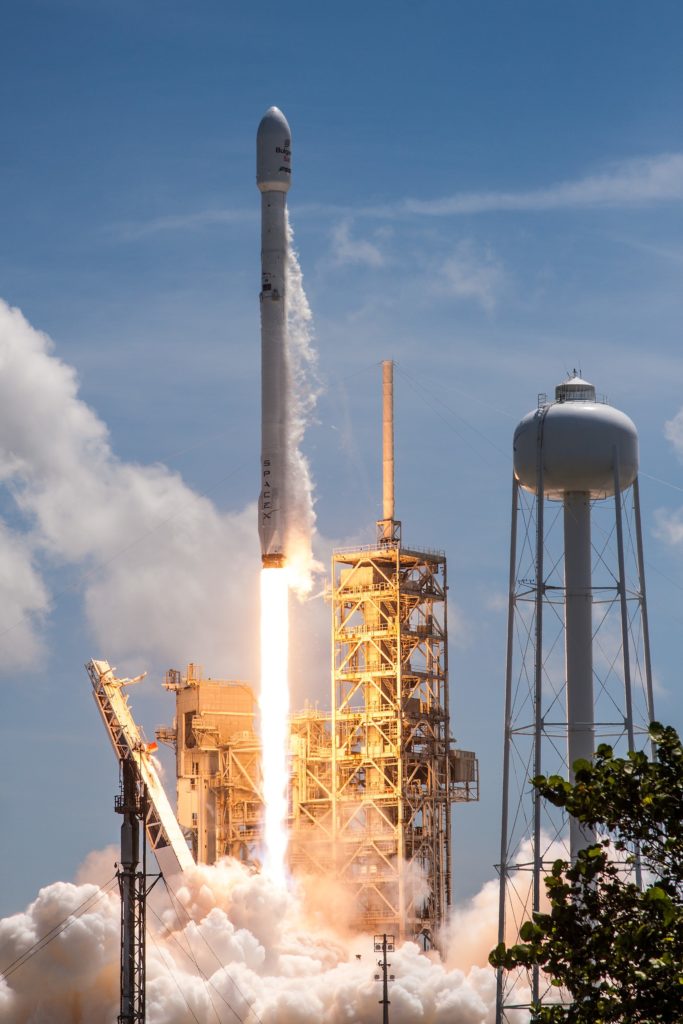
BulgariaSat-1 was successfully launched 48 hours before Iridium-2, and marked the second successful, commercial reuse of an orbital rocket. (SpaceX)
SpaceX is now likely to undertake 24 launches this year, but the company also revealed this weekend that it intends to achieve a regular weekly launch cadence (52 launches per year) as soon as 2019. In a recent article, I speculated that we might begin to see regular weekly launches once both LC-39A and LC-40 were active, and that appears to be nearly correct. If SpaceX is to regularly conduct weekly launches by 2019, it is bound to begin shrinking its two week cadence as soon as is safe and possible. This will likely occur once Falcon Heavy has successfully flown several times from LC-39A, thus freeing SpaceX to deem the vehicle operational and less at risk of destroying one of their two Eastern pads.
There is also a tentative understanding that SpaceX is striving to construct and activate their planned Boca Chica, Texas launch complex by 2019. The successful reactivation of LC-40 and subsequent modification of LC-39A for Falcon Heavy will leave the brunt of SpaceX’s launch complex maintenance and construction teams free to focus entirely on the Texas facility sometime late this year or early next year, meaning that Boca Chica pad activation could certainly occur as early as 2019. This would leave the company with two fully operational all-purpose launch pads dedicated to Falcon 9 launches if they choose to retain LC-39A solely for Falcon Heavy and Commercial Crew launches, allowing them to reach weekly cadences even before the launches of Falcon Heavy, Commercial Crew contracts, and Vandenberg launches are accounted for.
One crucial factor playing into SpaceX’s ability to launch 52 times in a year is of course reusability, as it is hard to imagine SpaceX more than doubling their Falcon manufacturing capabilities in under a year and a half. Likely no coincidence, SpaceX simultaneously offered information to insurance underwriters about the increasing speed of their ability to launch, recover, and reuse first stages. More specifically, a spokesman of the company stated that the reuse of BulgariaSat-1’s Falcon 9 1029 took considerably less than half as long as the inaugural reuse of the stage that launched SES-10 earlier this year, implying that refurbishment and quality assurance checks for 1029 took something like four or five months total.
With SpaceX having debuted new titanium grid fins intended to speed up reuse on the Sunday launch of Iridium-2, the company is well on its way to transferring over to Block 4 (upgraded engine performance) and possibly Block 5 of Falcon 9 later this. Block 5 is expected to introduced major changes meant to replace aspects of the current Falcon 9 that require major refurbishment after recovery. Musk detailed these changes several months ago in a Reddit AMA (Ask Me Anything), mentioning that reusable heat shielding around the engines, improved landing legs, and titanium grid fins were the main aspects of a Block 5 of Falcon 9 meant to offer rapid reuse without refurbishment. In June 22nd interview on the Space Show, Gwynne Shotwell reiterated that this “final” version of Falcon 9 is expected to be able to launch, land, and relaunch with barely more than a thorough once-over, and ought to be capable of flying a dozen missions at least.
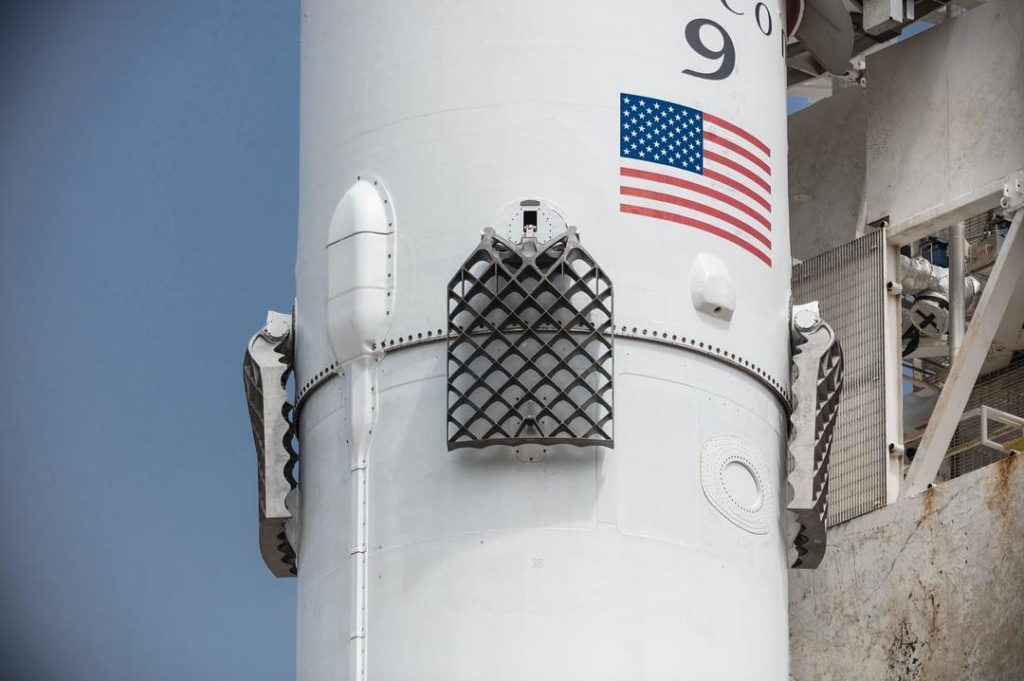
Falcon 9’s fancy new titanium grid fins. (SpaceX/Instagram)
This final piece of the puzzle of weekly cadence fits in quite nicely. With a possible introduction date for Block 5 of late 2017 or early 2018, SpaceX will likely end production of Block 3 by the end of this year and transfer over entirely to the easily reusable Block 5. Assuming a continuing a trend of increasingly reuse-friendly customers, Hawthorne production capacity of approximately 20 Falcon 9s per year, and a plausibly significant reduction in launch costs due to more rapid and complete reuse, SpaceX could find themselves at the start of 2019 with a dozen or more launch vehicles that are each capable of conducting upwards of 10-12 highly affordable launches each.
Let there be no doubt: these are incredibly optimistic and difficult goals for the company to achieve on the timescale they have provided. However, given the number of beneficial changes likely to soon be made to both the launch vehicles and SpaceX’s manufacturing, launch, and refurbishment facilities in the next 6-12 months, those goals are realistically achievable, albeit with some likely delays. Regardless, things are beginning to get rather intense for SpaceX and for the launch industry in general.
Keep your eyes peeled for upcoming Teslarati coverage of SpaceX’s next July 4th launch and its static fire that is scheduled for as soon as this Thursday.
News
The Boring Company accelerates Vegas Loop expansion plans
The Boring Company clears fire safety delays, paving the way to accelerating its Vegas Loop expansion plans.
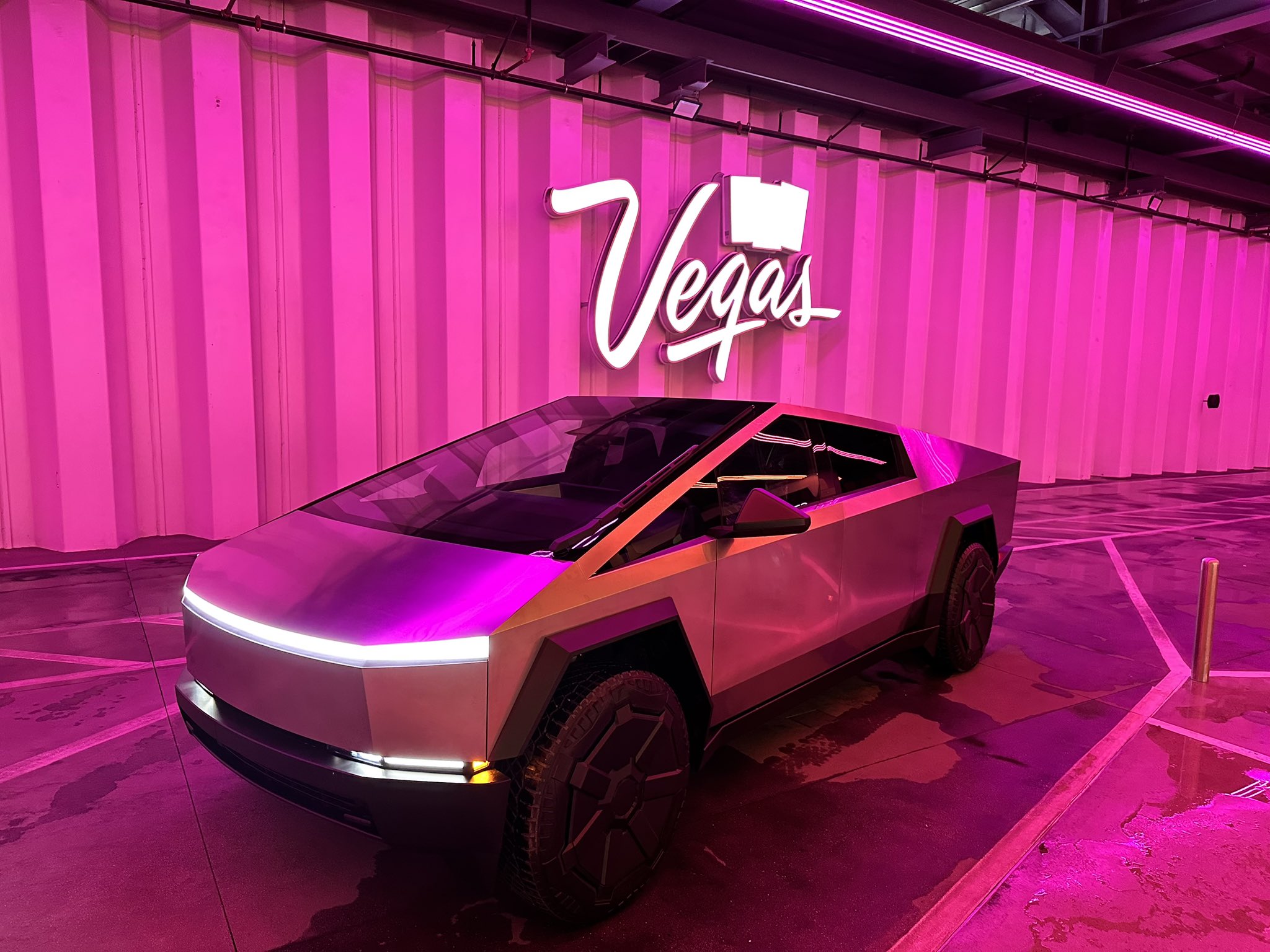
After overcoming fire safety hurdles, the Boring Company is accelerating its Vegas Loop expansion. The project’s progress signals a transformative boost for Sin City’s transportation and tourism.
Elon Musk’s tunneling company, along with The Las Vegas Convention and Visitors Authority (LVCVA) and Clark County, resolved fire safety concerns that delayed new stations.
“It’s new. It’s taken a little time to figure out what the standard should be,” said Steve Hill, LVCVA President and CEO, during last week’s board meeting. “We’ve gotten there. We’re excited about that. We’re ready to expand further, faster, than we have.”
Last month, the company submitted permits for tunnel extensions connecting Encore to a parcel of land owned by Wynn and Caesars Palace. The three tunnels are valued at $600,000 based on country records.
Plans for a Tropicana Loop are also advancing, linking UNLV to MGM Grand, T-Mobile Arena, Allegiant Stadium, Mandalay Bay, and the upcoming Athletics’ ballpark. Downtown extensions from the convention center to the Strat, Fremont Street Experience, and Circa’s Garage Mahal are also in the permitting process.
“Those are all in process,” Hill noted. “We’ve got machines that are available to be put in the ground. I think we’ve reached a framework for how these projects are going to work and how they’ll be permitted from a safety standpoint, as well as a building standpoint.”
The Boring Company has six boring machines, with three currently active in Las Vegas. Last week, TBC announced that it successfully mined continuously in a Zero-People-in-Tunnel (ZPIT) configuration, enabling it to build more tunnels faster, safer, and at a more affordable rate.
Tunneling under Paradise Road is underway as The Boring Company works on the University Center Loop. The University Center Loop is expected to connect to the Las Vegas Convention Center within two months, linking to the Westgate tunnel. The full Vegas Loop will span 104 stations and 68 miles. Even though The Boring Company’s tunnel network in Las Vegas isn’t nearly finished, it has already become a key attraction in the city.
“It’s such a great attraction for shows that are looking at this building (convention center) and we’re going to be connected to everybody in town,” Hill said. “It’s a real difference-maker.”
A few Vegas Loop stations are already operational, including those connected to Resorts World, Westgate, Encore, and all the Las Vegas Convention Center Loop stations. The Downtown Loop, which connects to the downtown area, and the Riviera Station, the hub that leads to Resorts World with Westgate destinations, are also operational.
As The Boring Company accelerates the Vegas Loop, its tunnels are poised to redefine mobility and tourism in Las Vegas, blending cutting-edge technology with practical urban solutions.
News
Neuralink Blindsight human trials expected to start in the UAE
Neuralink aims to restore vision with its Blindsight BCI implant. First human implant for Blindsight may happen in UAE.
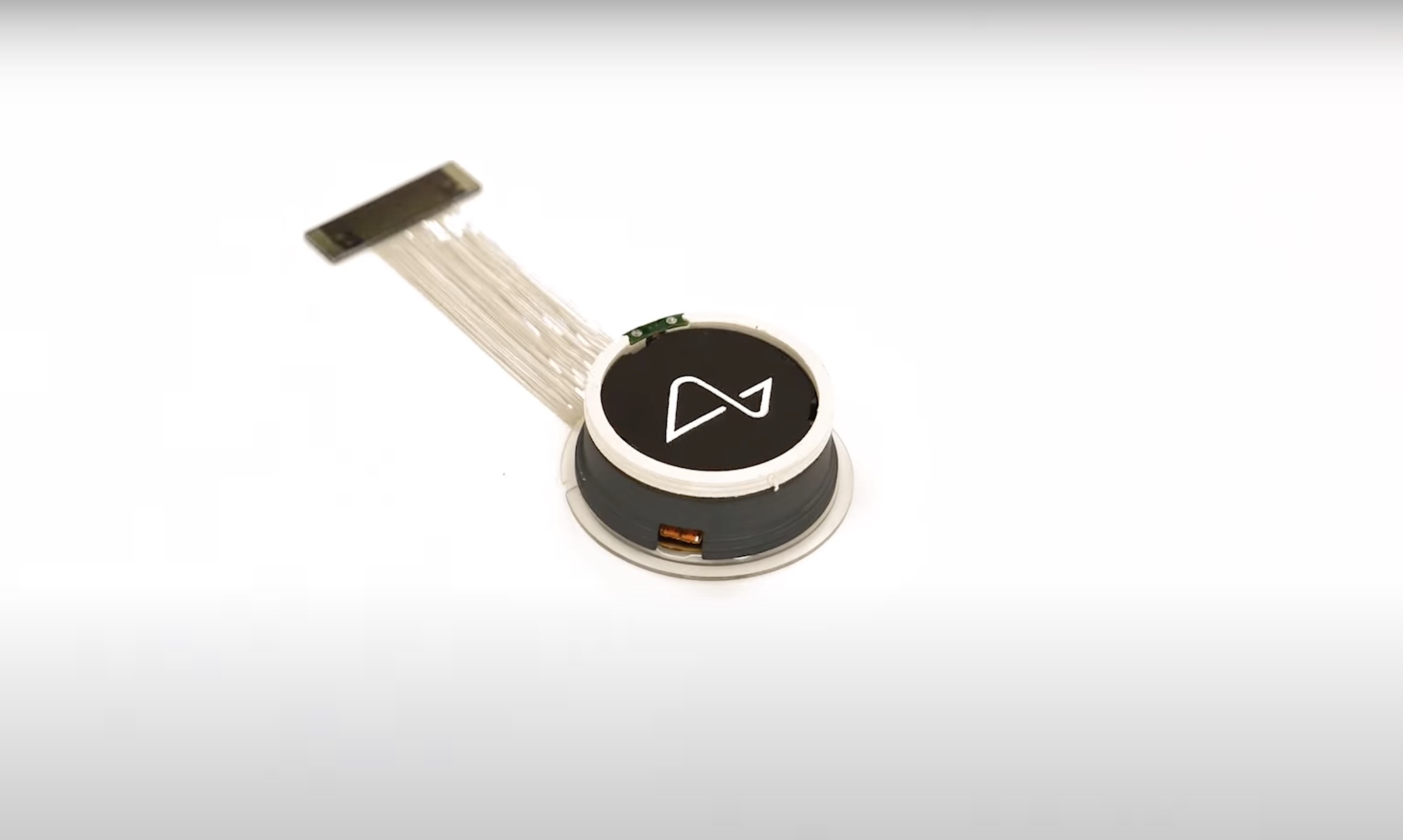
During Elon Musk’s interview at the Qatar Economic Forum, he announced that Neuralink aims to implant its Blindsight brain-to-computer interface (BCI) device in a human patient by late 2025 or early 2026.
Blindsight focuses on restoring vision. A few years ago, Musk mentioned that Neuralink’s BCI devices would restore vision for people, even those born blind.
“The first two applications we’re going to aim for in humans are restoring vision, and I think this is notable in that even if someone has never had vision ever, like they were born blind, we believe we can still restore vision. The visual part of the cortex is still there. Even if they’ve never seen before, we’re confident they could see,” Musk said during Neuralink’s Show & Tell in 2022.
Musk said Blindsight could be implanted into a human patient in the United Arab Emirates (UAE). Neuralink plans to partner with the Cleveland Clinic Abu Dhabi to implant the first human patient with Blindsight.
Elon Musk’s neurotechnology company is partnering with the Cleveland Clinic Abu Dhabi to conduct the first clinical trial of the UAE-PRIME study. Like Neuralink’s PRIME study in the United States, UAE-PRIME will focus on human patients with motor and speech impairments.
Neuralink received Food and Drug Administration (FDA) approval to conduct the PRIME and CONVOY studies in the United States. PRIME tests the capabilities of the company’s Link implant to restore or enable motor and speech in participants. Meanwhile, the CONVOY study explores Link’s ability to control assistive robotic devices. Neuralink already has an assistive robotic arm called ARA that could expand patients’ autonomy beyond smart devices.
Blindsight would probably require a separate study from PRIME and CONVOY. As such, Neuralink might need FDA approval in the United States to start human trials for Blindsight. However, Blindsight already received a “breakthrough device” designation from the US FDA.
In April 2025, Neuralink opened its patient registry to participants worldwide. The neurotechnology company has already implanted its Link BCI device into five patients. Earlier this year, Neuralink welcomed one of its first PRIME study participants as the first patient in its CONVOY study.
Elon Musk
Elon Musk just revealed more about Tesla’s June Robotaxi launch
Tesla CEO Elon Musk gave more information about the Robotaxi launch in Austin set for June.
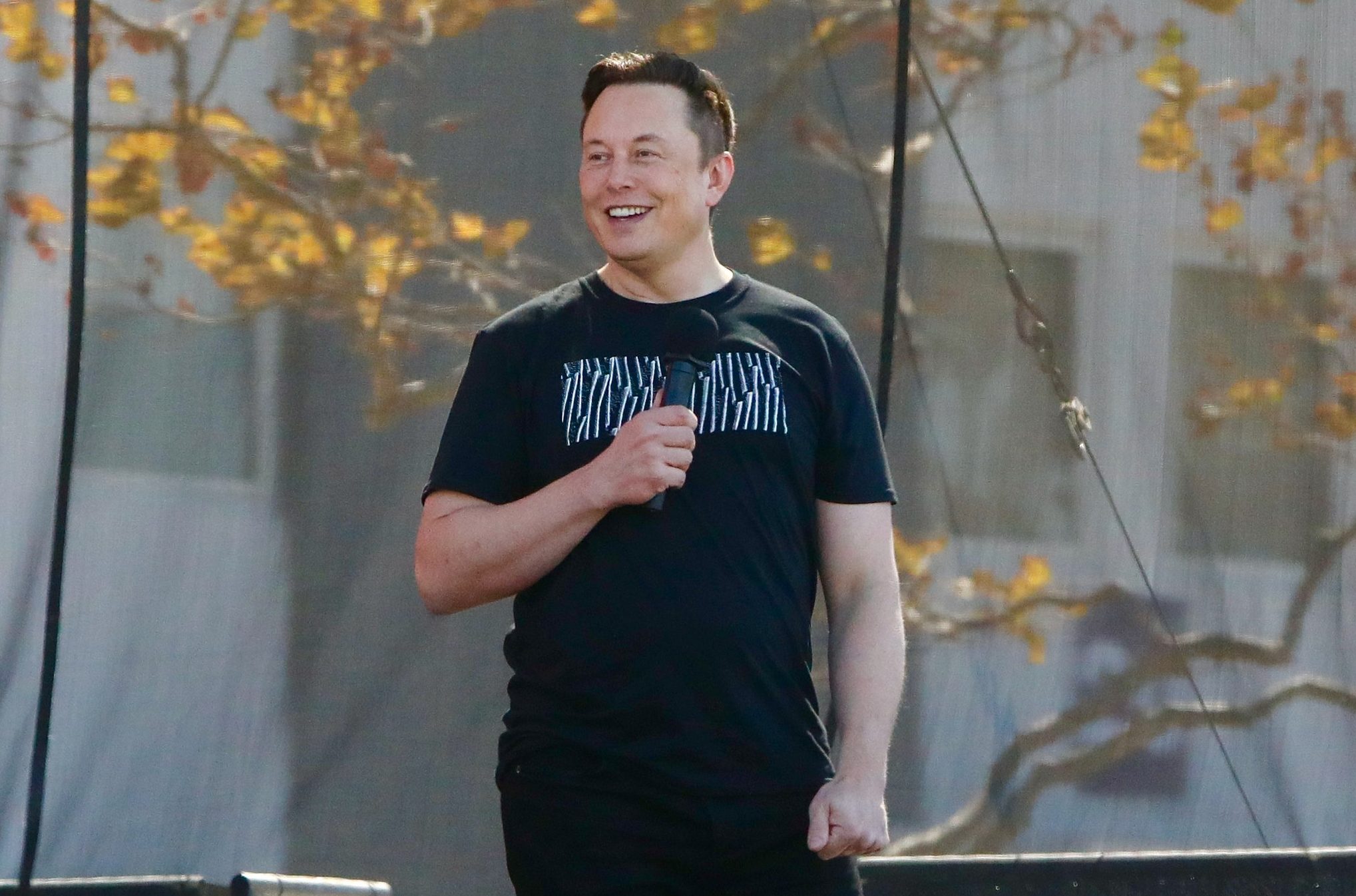
Tesla CEO Elon Musk just revealed more details about the company’s June Robotaxi launch, which will kick off in Austin.
As of right now, Tesla is still set to push out the first Robotaxi rides in Austin, Texas, in early June. These vehicles will be in short supply at first, as Musk says the company is purposely rolling out the fleet in a slow and controlled fashion to prioritize safety. There will be ten vehicles in the Robotaxi fleet to start.
Tesla Robotaxi deemed a total failure by media — even though it hasn’t been released
However, in an interview with CNBC on Tuesday afternoon, Musk also revealed some other new details, including where in Austin the vehicles will be able to go, how many Robotaxis we could see on public roads within a few months, and other information regarding Tesla’s Full Self-Driving suite.
A Controlled Rollout
Tesla has maintained for a few months now that the Robotaxi fleet will be comprised of between 10 and 20 Model Y vehicles in Austin.
The Cybercab, which was unveiled by the company last October, will not be available initially, as those cars will likely be produced in 2026.
Musk said during the CNBC interview that Tesla is doing a low-yield trial at first to initiate a safety-first mentality. It is important for Tesla to launch the Robotaxi fleet in a small manner to keep things in check, at least at first.
As confidence builds and the accuracy of the fleet is ensured, more vehicles will be added to the fleet.
Musk believes there will be 1,000 Robotaxis on the road “in a few months.”
Geofenced to Certain Austin Areas
Tesla will be launching the Robotaxi program in a geofenced fashion that gives the company the ability to control where it goes. Musk says that the areas the Robotaxis will be able to travel to are among the safest neighborhoods and areas in Austin.
This is yet another safety protocol that will ensure the initial riders are not put in dangerous neighborhoods.
Some might be disappointed to hear this because of Tesla’s spoken confidence regarding Robotaxi, but the initial rollout does need to be controlled for safety reasons. An accident or incident of any kind that would put riders’ lives in danger would be catastrophic.
No Driver, No Problem
As the company has rolled out an employee-only version of the Robotaxi program in Austin and the San Francisco Bay Area, some wondered whether the rides would be driverless, as these initial trials for Tesla workers were not. Employee rides featured a human in the driver’s seat to ensure safety.
Tesla says it has launched ride-hailing Robotaxi teaser to employees only
The company did not report whether there were any interventions or not, but it did state that the vehicles traveled over 15,000 miles through 1,500 trips.
Musk confirmed during the interview that there will be no driver in the vehicle when the Robotaxi program launches in June. This will be groundbreaking as it will be the first time that Tesla vehicles will operate on public roads without anyone in the driver’s seat.
Full Self-Driving Licensing
For more than a year, Tesla has indicated that it is in talks with another major automaker regarding the licensing of Full Self-Driving. Many speculated that the company was Ford, but neither it nor Tesla confirmed this.
Musk said today that Tesla has been in touch with “a number of automakers” that have inquired about licensing FSD. Tesla has yet to sign any deal to do so.
Here is the full interview with @elonmusk talking about Tesla and the Cybercab! pic.twitter.com/992njb0lPS
— Robin (@xdNiBoR) May 20, 2025
-
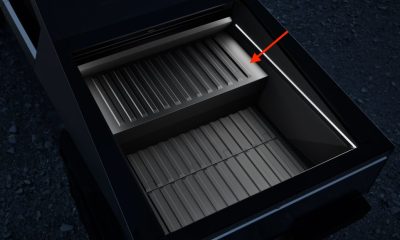
 News2 weeks ago
News2 weeks agoTesla Cybertruck Range Extender gets canceled
-
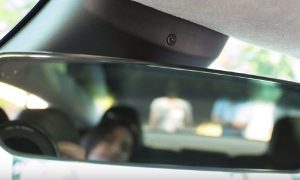
 Elon Musk6 days ago
Elon Musk6 days agoTesla seems to have fixed one of Full Self-Driving’s most annoying features
-

 Lifestyle2 weeks ago
Lifestyle2 weeks agoAnti-Elon Musk group crushes Tesla Model 3 with Sherman tank–with unexpected results
-
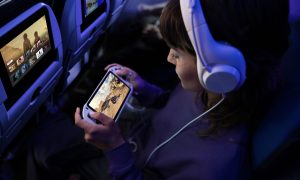
 News2 weeks ago
News2 weeks agoStarlink to launch on United Airlines planes by May 15
-

 News2 weeks ago
News2 weeks agoTesla Semi gets new adoptee in latest sighting
-

 News2 weeks ago
News2 weeks agoTesla launches its most inexpensive trim of new Model Y
-
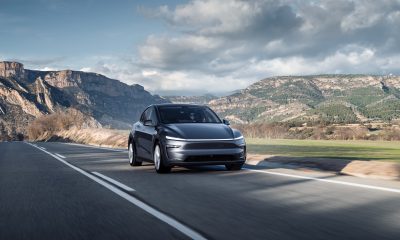
 News2 weeks ago
News2 weeks agoUS’ base Tesla Model Y has an edge vs Shanghai and Berlin’s entry-level Model Ys
-

 News2 weeks ago
News2 weeks agoTesla Cybertruck owners get amazing year-long freebie


